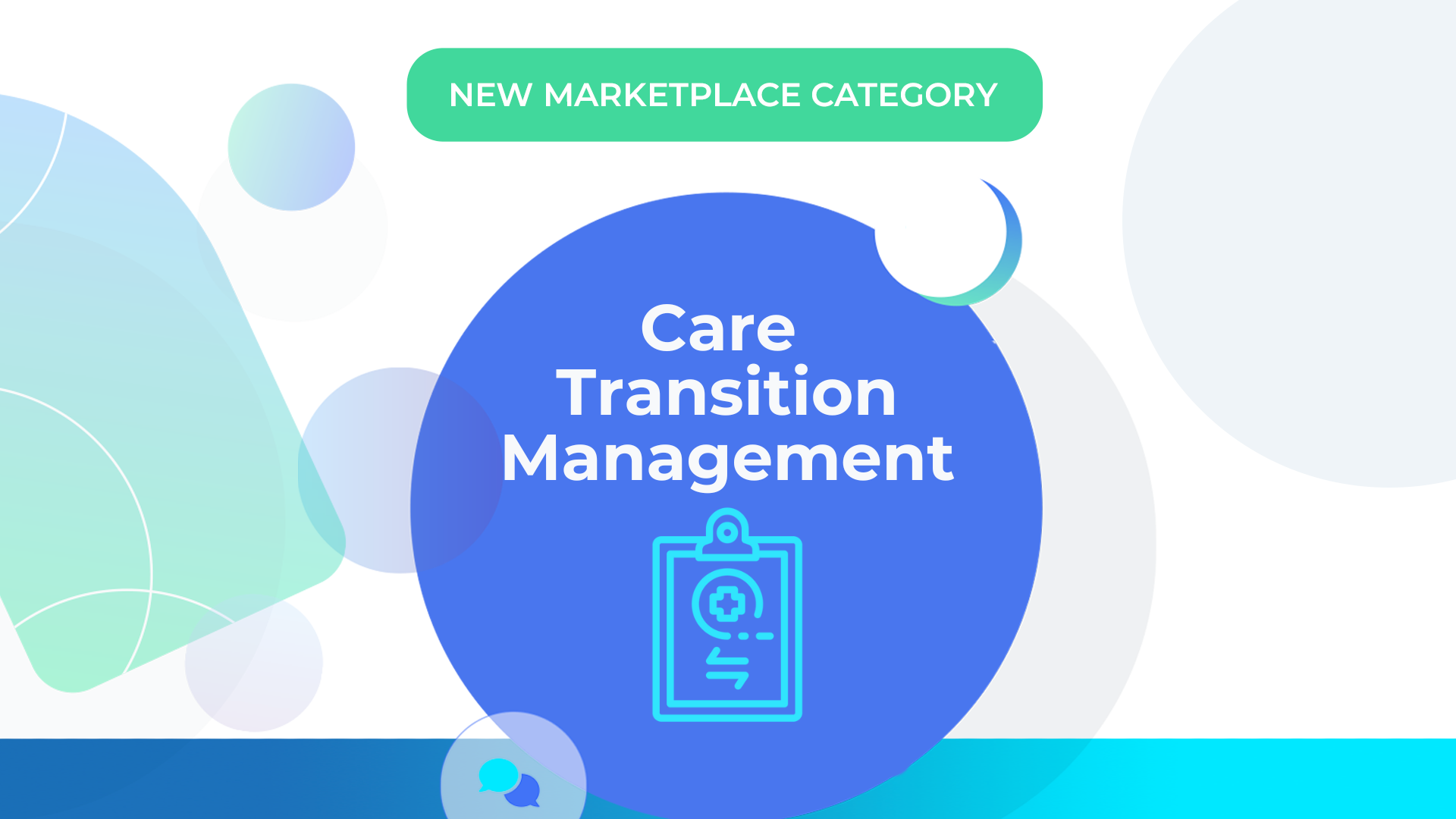Panda Health is excited to announce the addition of our newest category: Care Transition Management.
What is Care Transition Management?
Care Transition Management (CTM) is essential because it optimizes the transition of care for patients as they move from the acute care setting to the appropriate post-acute care setting whether at a post-acute care facility (e.g., skilled nursing facility) or their own home. It ensures that all necessary support services are in place, improving care coordination and health information sharing among the patient’s associated care teams, leading to enhanced quality of care.
Effective discharge planning is a critical component of transitional care planning, and it should begin with patient admission. This ensures that a patient can be efficiently discharged and that any payer authorizations for post-acute services are obtained prior to discharge.
“As hospitals struggle with persistent negative operating margins, higher expenses, and staffing challenges, they are
in desperate need of technology that automates manual, labor-intensive tasks, reduces avoidable inpatient days, while ensuring regulatory compliance. Care Transition Management solutions can deliver these high-value benefits and are key to delivering the highest quality of care in the lowest cost setting.” Michelle McCleerey, PhD, MA, Med, MBA, RN and Panda Health Market Intelligence Advisor.
Additionally, it is crucial that the hospital staff can easily identify which post-acute care and service providers meet the patient’s needs and preferences and be able to electronically generate, send, and confirm a referral request to a post-acute facility or a service provider. Lastly, acute care providers need to be able to electronically order and manage the physical transfer of the patient to the next care setting as necessary.
As the healthcare industry evolves and policies like value-based care initiatives are implemented, CTM solutions will become increasingly important in delivering optimal patient outcomes and improving provider network utilization. By improving care coordination and health information sharing among the patient’s care teams, CTM solutions enhance the quality of care and ensure that all necessary support services are in place and hospital discharges take place in a timely and efficient manner.
How does CTM solutions benefit hospitals and health systems?
One of the lessons that hospitals learned during the COVID-19 pandemic was that they lacked adequate visibility into the status of post-acute facilities and service providers. This resulted in an increased Length of Stay (LOS) and created bed and staffing capacity challenges. Hospitals are also facing increasing discharge roadblocks ensuring behavioral health patients are placed in the appropriate (and lower cost) care settings along with the growing need to manage and coordinate services for patients directly discharged to their home.
Policies like the Hospital Readmissions Reduction Program (HRRP) and value-based care initiatives that focus on readmissions and/or post-acute spending also have made it valuable for technological interventions that monitor and provide a global view of a health system’s discharge planning process and its gaps.
CTM solutions help address challenges related to communication transparency between care team members and provide accurate information sharing across care settings. They also ensure efficient care transitions by reducing time and energy by staff and providing better experiences for both patients and providers.
Hospitals that implement care transition management solutions can expect to reduce hospital readmissions, increase bed capacity, and reduce length of stay, and possibly increase their HCAHPS (Hospital Consumer Assessment of Healthcare Providers and Systems) scores since patients are asked questions about if they understand their discharge care plan and instructions.
What is the projected growth for CTM solutions?
The need for CTM solutions is expected to increase due to several factors. These factors include:
- Increased prevalence of chronic illnesses
- Growing elderly population
- Shorter authorized hospital stays and patients still in need of care at discharge
- Growing number of behavioral health patients in inappropriate and expensive medical hospital settings
- Increased demand for minimal post-surgical stay in an inpatient setting
CTM solutions have become an essential tool for improving the quality of care, enhancing care coordination, and reducing readmissions in post-acute care settings.
Panda Health looks forward to helping hospitals and health systems select the right solution for their care transition management needs.
